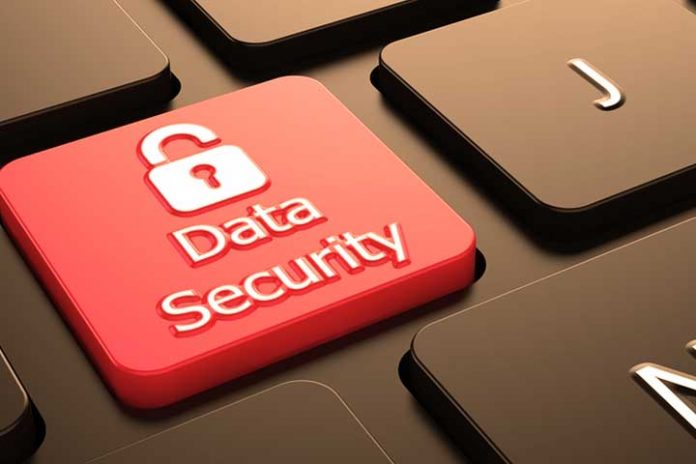Using data to capture new opportunities requires a strategic focus on business-critical data. Many companies in a multitude of industries that undertake a wide variety of initiatives around customer experience, legal compliance, efficiency, and growth, turn to Master Data Management (MDM).
For that reason, MDM continues to attract a lot of attention and therefore it is understood that it is crucial that organizations keep their master data safe.
Data accuracy is the lifeblood of innovation and success. Take for example customer data, which is a type of data frequently managed by an MDM program. MDM solutions enable companies to bridge fragmented silos of customer data and create a trusted customer profile, ultimately delivering differentiated customer experiences.
To keep customers happy and provide the experiences they expect, companies need to better understand their customers. Your information is managed in an MDM system and includes many attributes: customer name, address, phone numbers, email address, contact preferences, etc. MDM can also store extremely confidential customer information ranging from social security numbers, ID numbers, account numbers, and other personally identifiable information (PII).
When we don’t have an MDM solution in place, the organization’s risk profile is very high because sensitive data is spread across different systems. The organization’s exposure to certain types of risks, such as loss of critical information and access to unauthorized information, can spread rapidly. The idea of having this information fragmented across spreadsheets, local databases, and many local and cloud applications is terrifying. But it’s just as scary to keep this data on an MDM system that doesn’t have the proper data security controls in place.
Before launching an MDM initiative, organizations should develop a comprehensive strategy, including a focus on master data security for both data in motion and data at rest. To unleash the full power of MDM in their organizations, companies must rethink traditional methods of approaching cyber and perimeter security with a special focus on the application and data to ensure that it remains safe, secure, and reliable.
Also Read: The Principles Of Service-Oriented Architecture
1. Make use of the security provided by the MDM software
User Authentication
Authentication is the process of verifying the identity of a user. A user of an MDM solution can be any person or application that requires access to the data stored in the MDM system. Example: a data manager, a line of the business user, an application used by the customer service representative, a kiosk that allows customers to order an item from the store, etc.
These users and systems are authenticated based on their provided credentials, such as a username and password. The MDM solution must include a well-integrated internal user authentication management protocol to ensure that the user or application is valid before providing access to data. In many cases, the authentication system in MDM needs to seamlessly integrate with the organization’s existing security systems.
User authorization
Authorization is the process of determining whether a user has sufficient privileges to access the data requested from the MDM. User authorization capability within an MDM solution enables you to protect various resources on the MDM system by allowing only users with appropriate privileges to be authorized to access data. This can be further enhanced by creating role-based user authorizations and access to the resources required to complete user-permitted tasks.
Access logs
MDM solutions should offer audit trail and timestamp capabilities so that you can see who requested or accessed which MDM records, when, and where. This, in turn, should trigger alerts and workflows when suspicious behavior is detected.
MDM must leave a timestamp with each attribute creation and update. This allows the publication and application of service level agreements (SLAs), make decisions that carry risk, deliver confidential information, etc.
A comprehensive MDM solution should provide timestamp information on each attribute and provide rule-based business process management capabilities to dynamically change query results, as determined by the age of the data.
Also Read: How Artificial Intelligence And MDM Can Help Each Other
2. Incorporate data security to detect and protect
Assess, remediate, and control sensitive data risks
Organizations must continuously analyze, remediate, and control the risks of sensitive data to be used in an MDM deployment:
- Understand where sensitive data assets reside in source systems, MDM repository, and target application environments. It uses advanced discovery and analytics to determine the sensitivity, location, function, and proliferation of data.
- Analyze and prioritize the risk of sensitive data. Take advantage of automatic risk scoring to determine risk based on organizational policy and regulations that may affect you, how data is used and by whom, and how data moves within the organization.
- Correct the risk with data security controls. It applies encryption, masking, tokenization, and access controls to ensure that only those authorized can view data and generally limit access to data by anyone.
- Control access to data. Take into account excessive access, movement out of your country, alert about policies and monitor users with excessive or unusual access through an analysis of user behavior.
- Continuously repeat the above process. This ensures that new data, data warehouses, and users are analyzed and tracked for risk.
3. Work hand in hand with your cybersecurity team
Your organization’s information security team can determine which legacy controls (such as VPNs and firewalls) can provide visibility to cyberattacks or malware in your MDM environment.
Conclusion
Data protection and security are crucial, whether it’s on your local servers, in the cloud, or in a hybrid environment. The data management platform you choose must provide the necessary performance, reliability, and security. Also make sure your data management provider has industry standards, assessments, and certifications to protect your data in the cloud. Master data is critical to your business. Comprehensive data security capabilities are essential in an MDM. If your MDM is at risk, the entire company is at risk.
Also Read: Tips For Responsible Use Of Technologies

